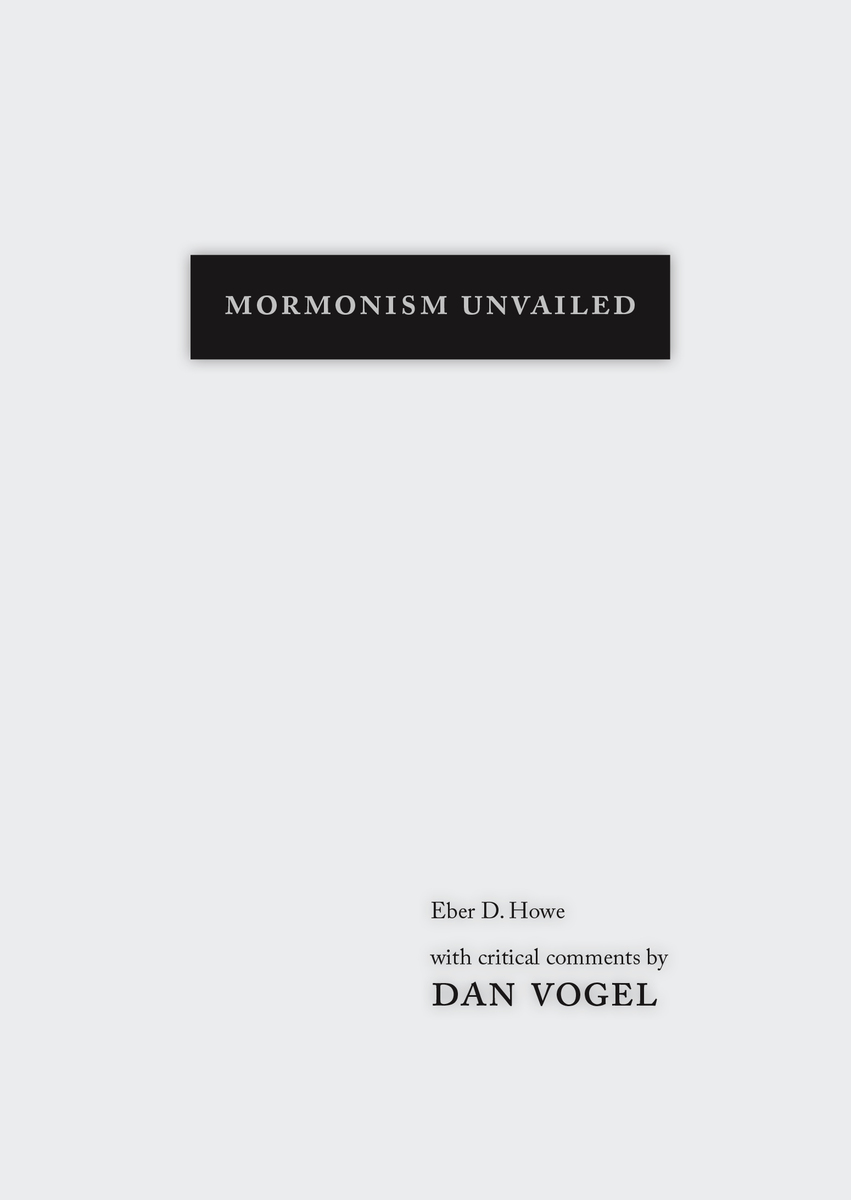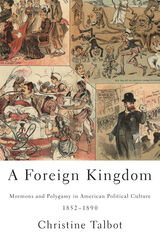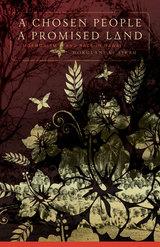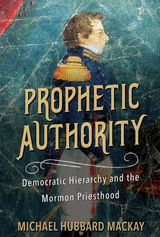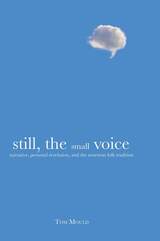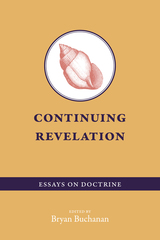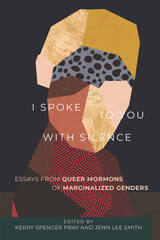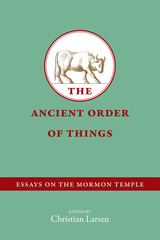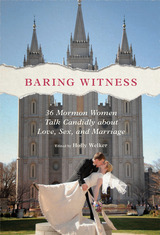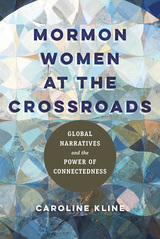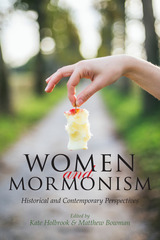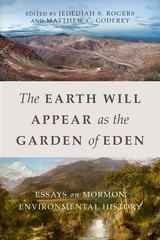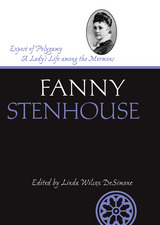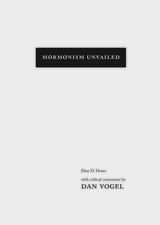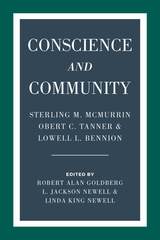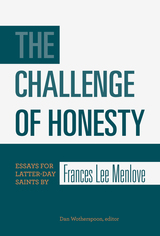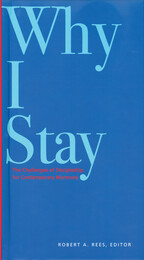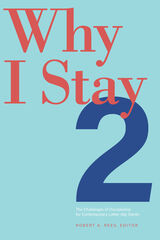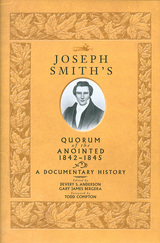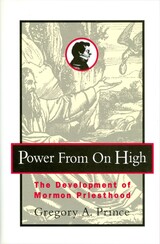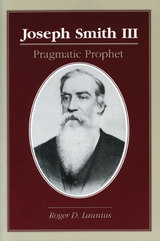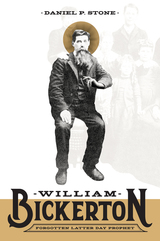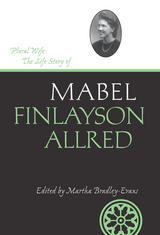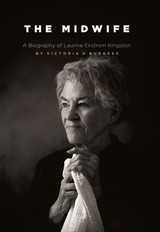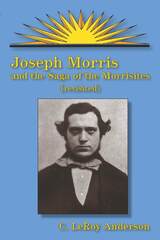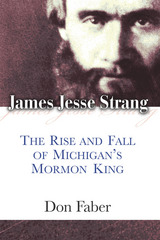Mormonism Unvailed: Eber D. Howe, with critical comments by Dan Vogel
Signature Books, 2015
Cloth: 978-1-56085-231-5 | eISBN: 978-1-56085-309-1
Library of Congress Classification BX8645.5.H64 2015
Dewey Decimal Classification 289.3
Cloth: 978-1-56085-231-5 | eISBN: 978-1-56085-309-1
Library of Congress Classification BX8645.5.H64 2015
Dewey Decimal Classification 289.3
ABOUT THIS BOOK | AUTHOR BIOGRAPHY
ABOUT THIS BOOK
Any Latter-day Saint who has ever defended his or her beliefs has likely addressed issues first raised by Eber D. Howe in 1834. Howe’s famous exposé was the first of its kind, with information woven together from previous news articles and some thirty affidavits he and others collected. He lived and worked in Painesville, Ohio, where, in 1829, he had published about Joseph Smith’s discovery of a “golden bible.” Smith’s decision to relocate in nearby Kirtland sparked Howe’s attention. Of even more concern was that Howe’s wife and other family members had joined the Mormon faith. Howe immediately began investigating the new Church and formed a coalition of like-minded reporters and detractors. By 1834, Howe had collected a large body of investigative material, including affidavits from Smith’s former neighbors in New York and from Smith’s father-inlaw in Pennsylvania. Howe learned about Smith’s early interest in pirate gold and use of a seer stone in treasure seeking and heard theories from Smith’s friends, followers, and family members about the Book of Mormon’s origin. Indulging in literary criticism, Howe joked that Smith, “evidently a man of learning,” was a student of “barrenness of style and expression.” Despite its critical tone, Howe’s exposé is valued by historians for its primary source material and account of the growth of Mormonism in northeastern Ohio.
See other books on: Church of Jesus Christ of Latter-day Saints | Church of Jesus Christ of Latter-day Saints (Mormon) | Controversial literature | Latter Day Saint churches | Mormon Church
See other titles from Signature Books
